We offer quite a few environmental sensors here at SparkFun, and we thought it'd be cool to give you a look under the hood to see how they actually do their jobs! We have a few different types of sensors that use different technologies to detect CO2 concentration in the air: Photoacoustic Spectroscopy, Non-Dispersive Infrared, and Metal Oxide Gas Sensors.
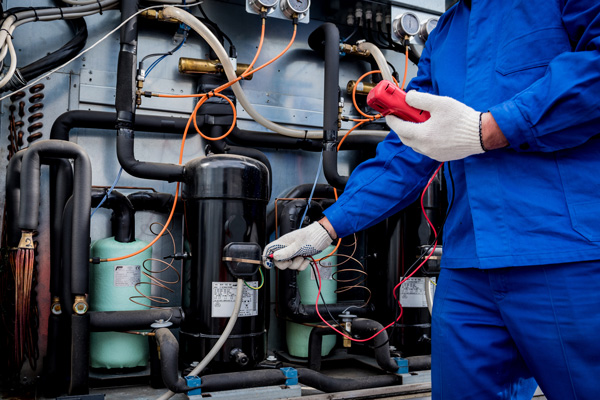
Photoacoustic Spectroscopy Sensing (PAS)
Photoacoustic Spectroscopy (PAS) for CO2 sensing is a sophisticated and highly sensitive technique that leverages the principles of sound and light absorption to detect and measure the concentration of carbon dioxide (CO2) in a given environment. Let's delve into a more in-depth explanation of how PAS works:

- Infrared Light Emission: The PAS system starts with an infrared (IR) light source. This light source emits modulated infrared light tuned to specific wavelengths that CO2 molecules are known to absorb.
- Interaction with Gas Molecules: The emitted light travels through the gas sample, which may contain CO2 along with other gases. When the light encounters CO2 molecules, they absorb specific wavelengths of this light.
- Photoacoustic Effect: The absorption of IR light by CO2 molecules causes them to vibrate and increase in energy. As the light is modulated (turned on and off at a specific frequency), these molecules periodically heat and cool, leading to rapid expansions and contractions. This process increases the pressure in the chamber.
- Detection of Sound Waves: These sound waves are then detected using a sensitive microphone or acoustic detector placed within the gas sample. The pressure is directly proportional to the concentration of CO2 molecules in the gas.
- Signal Processing: The detected acoustic signal is processed to determine the concentration of CO2. There's a membrane in the sensor that only allows CO2 through, so other gases don't need to be accounted for.
Non-Dispersive Infrared (NDIR)
Non-Dispersive Infrared (NDIR) sensors are widely used for detecting and measuring CO2 concentrations. This technology is based on the principle that CO2 molecules absorb specific wavelengths of infrared light. Let's explore how NDIR sensors work and their key characteristics in the context of CO2 sensing:

- Infrared Light Source An NDIR sensor starts with an IR light source, which emits light across a range of infrared wavelengths.
- Gas Chamber The emitted IR light passes through a chamber containing the gas sample. This chamber is typically a light path where the gas sample interacts with the IR light.
- Optical Filter: An optical filter is placed in front of the detector to allow only the specific wavelengths absorbed by CO2 to pass through. This ensures that the sensor is selective to CO2.
- CO2 Absorption: CO2 molecules in the gas sample absorb specific wavelengths of the IR light. Each gas has its unique absorption characteristics, and for CO2, it primarily absorbs IR light in the wavelength of around 4.26 micrometers.
- IR Detector: The light that passes through the gas sample and the filter reaches the IR detector. The detector measures the intensity of the light at the specific CO2 absorption wavelength.
- Calculating CO2 Concentration: The decrease in intensity of the received light, due to absorption by CO2, is used to calculate the concentration of CO2 in the gas sample. The higher the concentration of CO2, the less light reaches the detector.
Total Volatile Organic Compounds (TVOC) Sensing
Total Volatile Organic Compounds (TVOC) sensors are used to detect a wide range of gases, including carbon dioxide (CO2), although it's important to note that they are not specifically designed for CO2 detection alone. TVOC sensors measure the total concentration of multiple volatile organic compounds present in the environment. Here’s a detailed look at how they work, especially in relation to CO2 sensing:
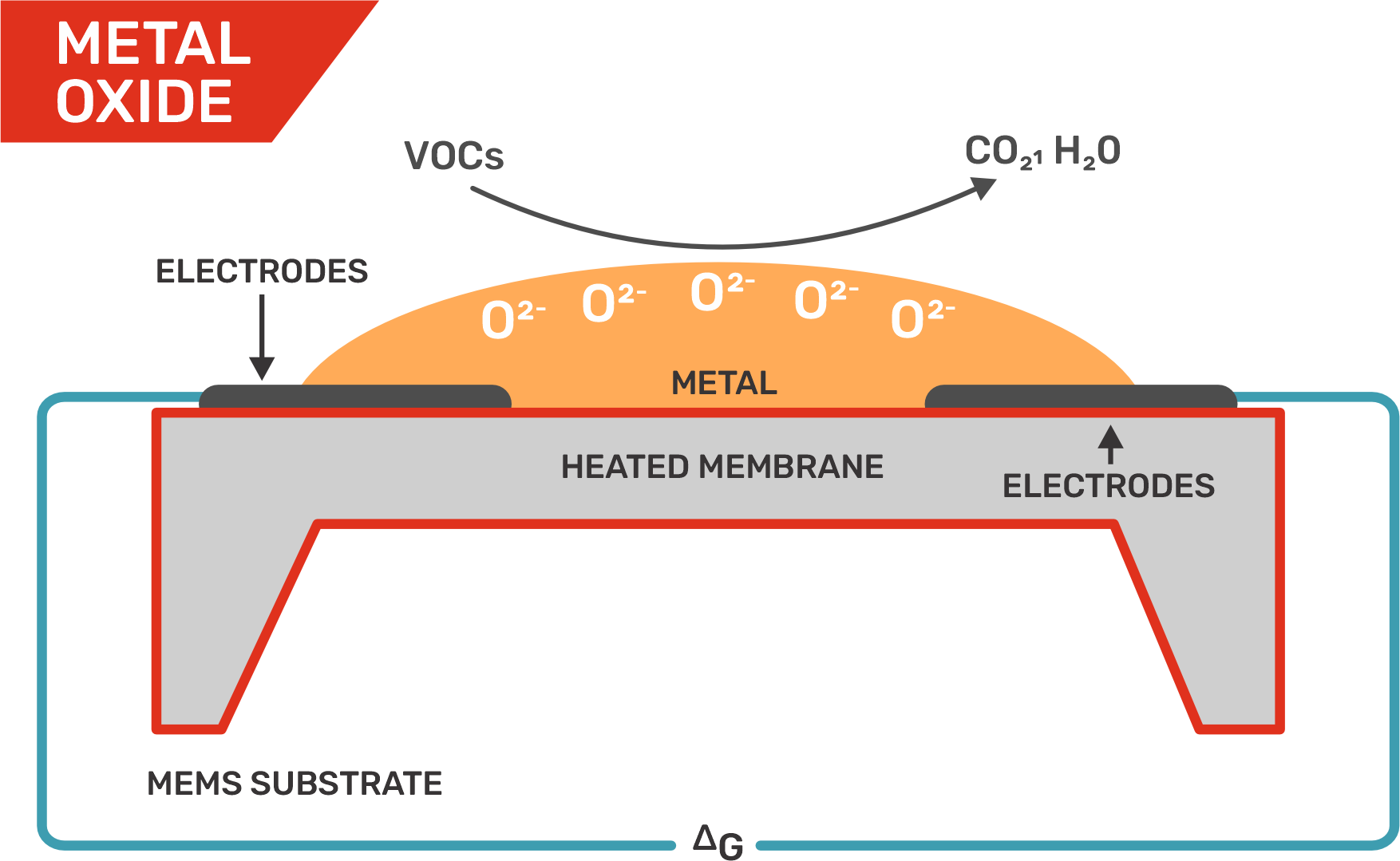
- Sensitive Material: TVOC sensors typically use a sensitive material, such as a metal oxide semiconductor, that reacts to various gases present in the air, including CO2.
- Gas Absorption: When gases come into contact with the sensor's surface, they are absorbed, leading to a chemical reaction. This reaction is generally a process of oxidation or reduction.
- Change in Resistance: The chemical reaction on the sensor's surface causes a change in the electrical resistance of the sensitive material. Different gases cause different changes in resistance.
- Signal Processing: The sensor measures these changes in resistance to estimate the concentration of gases present. In the case of CO2, alongside other volatile organic compounds, the sensor provides a combined measurement of total gas concentration.
- Calibration and Interpretation: Since TVOC sensors are not specific to CO2, their readings for CO2 levels are indirect and are part of the total VOC concentration. Accurate interpretation of CO2 levels specifically requires careful calibration and, often, the use of additional sensors or algorithms.
| Feature/Specification | CO₂ Humidity and Temperature Sensor - SCD30 | SparkFun Photoacoustic Spectroscopy CO2 Sensor - PASCO2V01 | SparkFun Air Quality Sensor - SGP40 |
| Technology | NDIR | Photoacoustic Spectroscopy (PAS) | Metal Oxide Gas Sensor |
| CO2 Measurement Range | 400 to 10,000 ppm | 400 to 50,000 ppm | Not specific to CO2 |
| Accuracy | ±(30 ppm + 3%) | ±(50 ppm + 5%) | Not specified for CO2 |
| Interface | I2C, UART | I2C | I2C |
| Voltage | 3.3V to 5.5V | 3.3V | 1.7V to 3.6V |
| Additional Features | Integrated temperature and humidity sensor | High accuracy, compact size | VOC Index output, optimized for air quality applications |
Check out these products (and more of our environmental sensing offerings) here:
Comparative Analysis
When comparing PAS, NDIR, and TVOC:
- Sensitivity and Accuracy: PAS sensors, like the XENSIV™, typically offer superior sensitivity and accuracy.
- Power Consumption: PAS sensors are generally more power-efficient.
- Response Time: PAS sensors respond quicker than NDIR sensors.
- Environmental Influence: NDIR sensors can be influenced by atmospheric conditions like humidity and temperature, whereas PAS sensors are most sensitive to atmospheric pressure.
- Longevity and Maintenance: NDIR sensors usually have longer lifespans and require less maintenance. Both NDIR and PAS require calibration about once a week if in continuous use.
- Cost-effectiveness: NDIR sensors are often more cost-effective for applications that do not require the high sensitivity of PAS.
Application Scenarios
Each technology has its niche:
- NDIR is often chosen for outdoor environmental monitoring.
- PAS is ideal for indoor air quality and HVAC systems, and work best where there is good air flow.
- TVOC sensors are versatile for broad air quality assessments, not so much for specific CO2 values. These sensors find a lot of use in industrial environments.
Understanding the distinct features of PAS, NDIR, and TVOC CO2 sensing technologies is crucial for choosing the right sensor for your application. Each technology has its advantages, and the choice ultimately depends on specific requirements like sensitivity, power consumption, and environmental conditions.
Further Resources and References
For those keen on exploring more, here are some useful resources:
- Infineon XENSIV™ PAS CO2 sensor datasheet
- Comparative study on CO2 sensing technologies
- SparkFun's guide to using the PASCO2V01 sensor
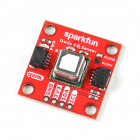
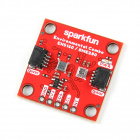
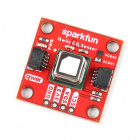
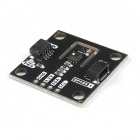
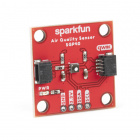
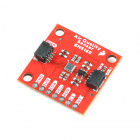
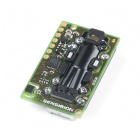
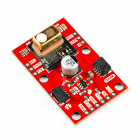

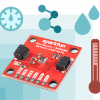






The explanation about TVOC sensing is wrong and can be misleading. The sensing principle of the TVOC sensor that presented in this article is catalytic combustion reaction. Since CO2 gas molecules are at it's final oxidation level, they can't be oxidezed anymore. In fact, what is actually measured by TVOC it is not the CO2 gas, but other gas such as methane or hydrogen. Which can be related to the CO2 concentration in certain condions (indoor conditions, rooms that occupated by people). Generally, in TVOC sensor datasheet it is written that it can measure eCO2, which means equivalent CO2. From my expirience TVOC sensors work surprisingly well in cases when it is imortant to monitor CO2 in places such as classroms for ventilation purposes. But it is totally useless when you need to measure an exact CO2 concentration in some processes. Hopefully you will find my comment useful.
Thank you for the good explainations of how the various sensor types work!
As a side comment, it would seem to me that the TVOC sensors might have more of a tendancy to "wear out" since they're dependant upon a chemical reaction with a semiconductor. Neither PAS nor NDIR technology would be subject to this, assuming good design.
When we released the Photoacoustic Spectroscopy CO2 Sensor we thought the technology was so cool that we just had to do a deep dive on how the other CO2/VOC sensors actually worked. It's pretty cool to see how "simple" laws of physics are being utilized in unique ways for detection of gases. Glad you enjoyed the blog!
On a vaguely related tangent, NASA has used Thermal Emission Spectroscopy to identify mineral "species" on the surface of Mars from orbit! (Note that anything that will absorb a particular wavelenth will also emit that wavelength under other conditions.)